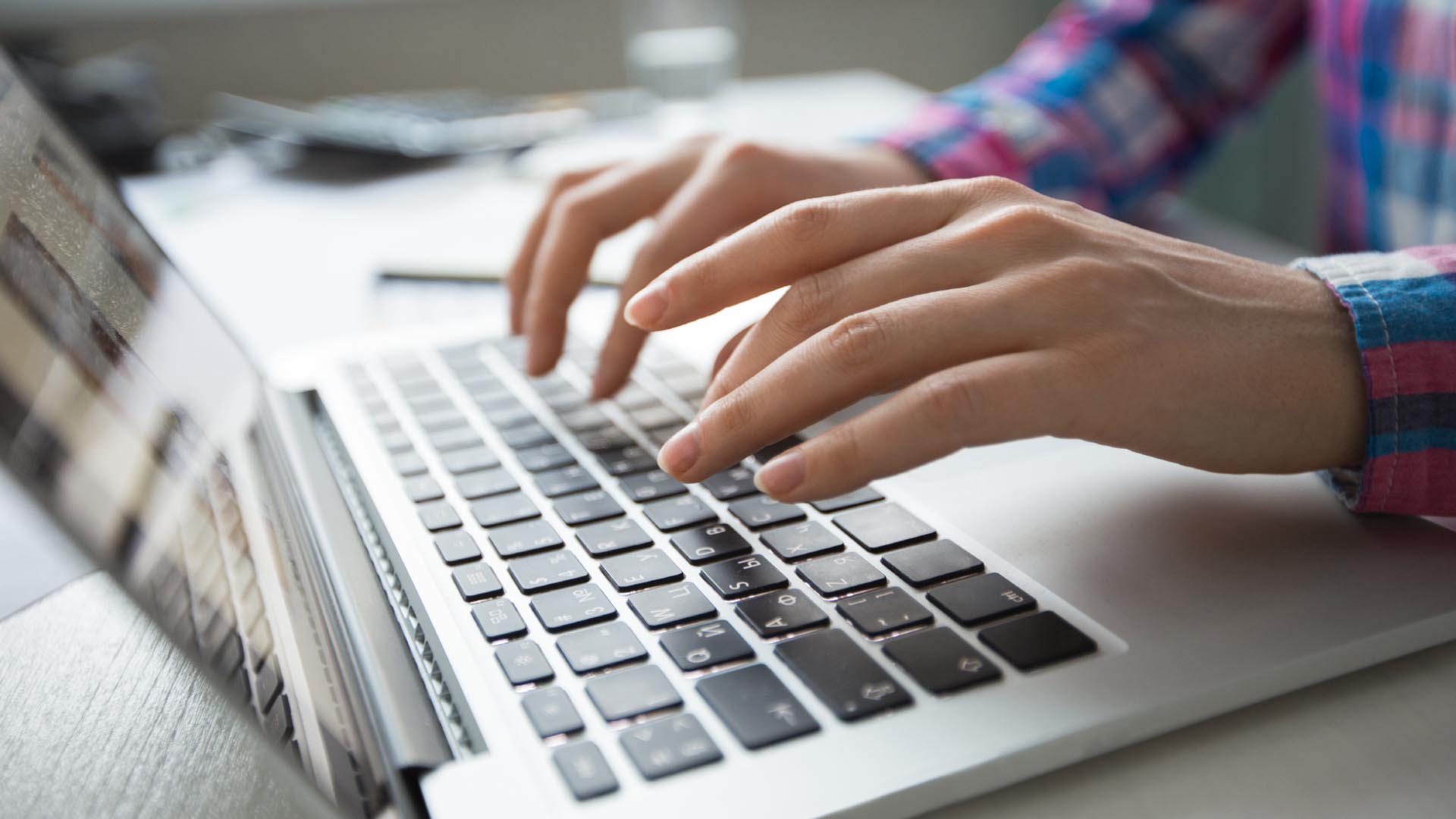Cleaning What’s Left Behind by a Disaster: How to Tidy Up After a Flood

It’s impossible to control a natural disaster. Once it strikes, all you can do is hope and pray that it won’t leave permanent damage to your home.
During your clean-up after a hurricane or flood, you must take proper steps to protect yourself and your loved ones. Plan well regarding how you’re going to deal with the damage by following these tips from a cleaning service in Dubai to get your house back to livable standards.
1. Think of safety first
The priority should be safety. Your first impulse may tell you to start cleaning, but you should focus primarily on protecting yourself from hazards.
The water that entered your house may contain sewage and other contaminants that render your home unsafe and unhygienic. This may leave your house uninhabitable during the cleaning process. As you assess your home for safety after a flood, keep the following things in mind:
- Turn off the gas and electricity before entering your home.
- Wear rubber boots to avoid electrical shock, especially in flooded areas.
- Examine your house structure for cracking, settling, or undermining.
- Prepare a first aid kit in case of minor injuries during cleaning.
- Hire an electrician and other professionals to check areas of your home for safety.
2. Claim insurance
Don’t forget about insurance claims before you start cleaning. Take as many photos and videos you can for proof. Also, remember to keep all records of expenses and check with your insurance company regarding other needed requirements to make a claim.
Talk to your insurance company and inform them about the situation, and that you want to make a claim. If you have policies from two different insurance companies, make sure to call both. You shouldn’t remove any damaged items without your insurance company’s approval.
Take note that different insurance policies will also have different levels of coverage. If your insurance documents are still intact, read them to check what is covered. You may get:
- Professional help with cleaning
- Replacement for flood-damaged items
- Temporary accommodation while your home is under repair
3. Clean and disinfect
As you start cleaning, you should have two goals in mind: to clean and disinfect. Household cleaning materials help remove the dirt after a flood. Disinfectants, on the other hand, arrest the growth of disease-causing microorganisms carried by floodwater.
Liquid or powder cleaners are more practical and less expensive than aerosol products. Since you’ll probably be cleaning large areas, try to buy large-sized cleaners and disinfectants to reduce costs. Not all products are suitable for all uses, though, so always refer to the label for directions.
Steps for Clean-Up
- Remove stagnant water – Your plan of action for tidying-up should start with the removal of standing water. Use a pail or pump, then use a wet and dry vacuum cleaner to remove excess water.
- Remove all soaked or contaminated items – Place these items inside plastic garbage bags and drag them outside. You may have to tag and discard them according to your local regulations, especially if contaminated with sewage water.
- Shovel out mud and silt – Before they dry, make sure to remove mud and silt. If necessary, use a water hose.
- Pay attention to the walls – Be fast, safe, and thorough when cleaning and drying walls after a flood. Walls should be dry from the inside-out after being exposed to water. Through proper cleaning, disinfecting, and refinishing, you may be able to salvage trim and wall finishes made from solid wood. Remove all wall insulation that has become wet to facilitate rapid drying.
- Use warm water on the floor – Make use of warm water and ammonia-free detergent solution. Then, rinse all surfaces using a disinfectant solution of half a cup of chlorine bleach per one gallon of water.
4. Wash up with soap and water
Once you finish cleaning, make sure to wash your hands with soap and water. If you have any open wounds that got exposed to floodwater, wash them with soap and water. Apply an antibiotic ointment to prevent infection.
Other hygiene tips:
- If you become injured or sick during the clean-up process, seek medical attention immediately.
- Use hot water and detergent to wash all the clothes you wore during the clean-up. Do this separately from your uncontaminated clothes and linens.
- As much as possible, use safety gloves and boots when cleaning.
5. Rest when needed
Cleaning-up a home after a disaster is a huge task, so make sure to take care of yourself. Evaluate which tasks are more important and focus on them first. This way, you’ll be less likely to feel overwhelmed by the tasks at hand.
Ask for help when lifting heavy objects as you could hurt yourself trying to do everything on your own. Get support from family members, friends, and try to work with other people so that you aren’t working alone.
When cleaning in hot weather, stay safe by:
- Settling in air-conditioned buildings or taking breaks in shaded areas
- Drinking water often
- Wearing light and loose-fitted clothes
Allocate enough time
Disaster strikes quickly, but the damage it leaves behind can take months to clean and repair. Don’t do everything in haste and take time in getting your house back in shape. If you need to get everything done fast, consider hiring professionals rather than doing everything on your own and putting yourself at risk.
AUTHOR BIO
Mohamed Samad is the Founder & CEO of Matic Services. He started the company in 2016 after a series of small start-ups within the home services sector. Prior to that, Mohamed was Vice President at Greenstone Equity Partners, where he spent 24 months building the UAE business from 2011-2013 with its founder.




